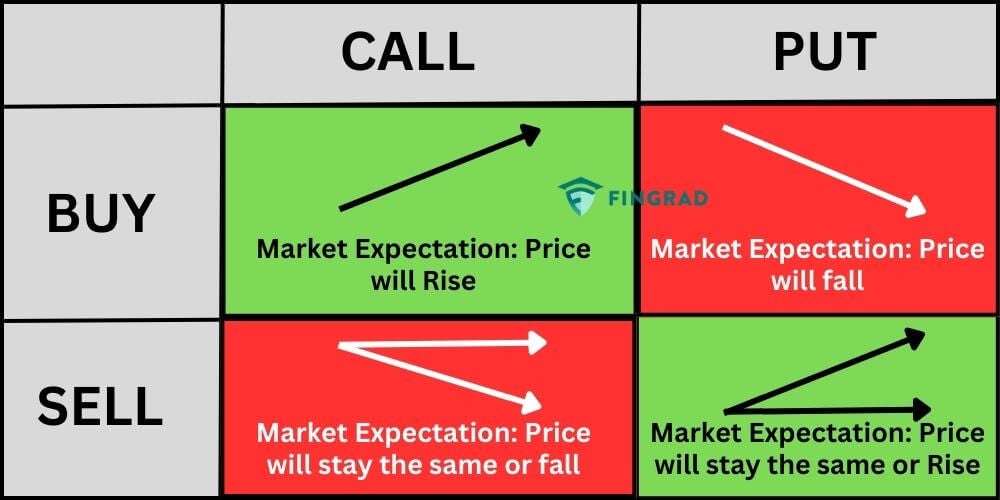The realm of options trading holds immense potential for investors seeking to capitalize on market fluctuations without committing large sums upfront. Among the diverse options strategies, buying call options stands out as a powerful tool for profiting from bullish market expectations. This comprehensive guide will delve into the intricacies of buying call options, equipping you with the knowledge to harness their power and navigate the markets with confidence.
Image: villarojasx.gumroad.com
What is a Call Option and How Does it Work?
In the world of finance, a call option grants the buyer the right, but not the obligation, to purchase an underlying asset at a predetermined price (strike price) on or before a specified date (expiration date). When an investor anticipates a rise in the asset’s price, they purchase a call option. If the asset’s price indeed exceeds the strike price before expiration, the option holder has the choice to exercise their right to buy the asset, profiting from the difference between the market price and the strike price.
The Advantages of Buying Call Options
Buying call options offers several compelling advantages over traditional stock ownership:
- Leverage: Call options provide leverage, allowing investors to control a larger number of underlying shares with a relatively small outlay of capital. This leverage amplifies potential gains, but it also magnifies losses if the market moves against the investor.
- Limited Risk: Unlike stock ownership, the maximum potential loss for buying a call option is limited to the premium paid for the option. This limits downside risk, providing a safety net compared to holding stocks directly.
- Profit Potential: Call options offer the possibility of generating significant profits when the underlying asset’s price rises sharply. This profit potential is uncapped, so skilled traders can generate substantial returns.
Strategies for Buying Call Options
The following are common strategies employed when buying call options:
- At-the-money (ATM) Options: These options have a strike price close to the current market price of the underlying asset. They offer a moderate premium and a balanced risk-reward profile.
- In-the-money (ITM) Options: These options have a strike price below the current market price. They have a higher premium but also a higher probability of being profitable.
- Out-of-the-money (OTM) Options: These options have a strike price above the current market price. They have a lower premium and a lower probability of profitability, but they offer the potential for significant returns if the market moves sharply in the desired direction.

Image: tradebrains.in
Understanding Greeks: Measuring Option Risk and Return
To assess the risks and rewards associated with call options, traders utilize Greek letters known as Greeks. These Greeks include delta, gamma, vega, and theta, each measuring a specific aspect of an option’s price sensitivity to various factors:
- Delta: Measures the change in the option’s price relative to the underlying asset’s price.
- Gamma: Measures the change in delta for each $1 change in the underlying asset’s price.
- Vega: Measures the change in the option’s price for every 1% change in the implied volatility.
- Theta: Measures the decrease in the option’s price as time passes.
Trading Options Buy Call

Image: www.pinterest.com
Tips for Successful Call Option Trading
While buying call options can be a lucrative strategy, success requires careful planning and execution:
- Conduct Research: Thoroughly research the underlying asset you plan to trade and understand its market dynamics.
- Manage Risk: Determine an appropriate risk tolerance and trade size that aligns with your financial situation.
- Monitor the Option: Actively monitor the option’s performance, including changes in its price and Greeks.
- Time Your Trade: Consider the time value of the option and anticipate market movements within the option’s lifespan.
- Seek Professional Advice: If uncertain, consult with a qualified financial advisor to guide your trading decisions.
Remember, trading options involves inherent risks that should be fully understood and managed. It is essential to approach this strategy with prudence and a commitment to ongoing learning. By embracing these principles, you can unlock the potential of buying call options and navigate the markets with conviction.






